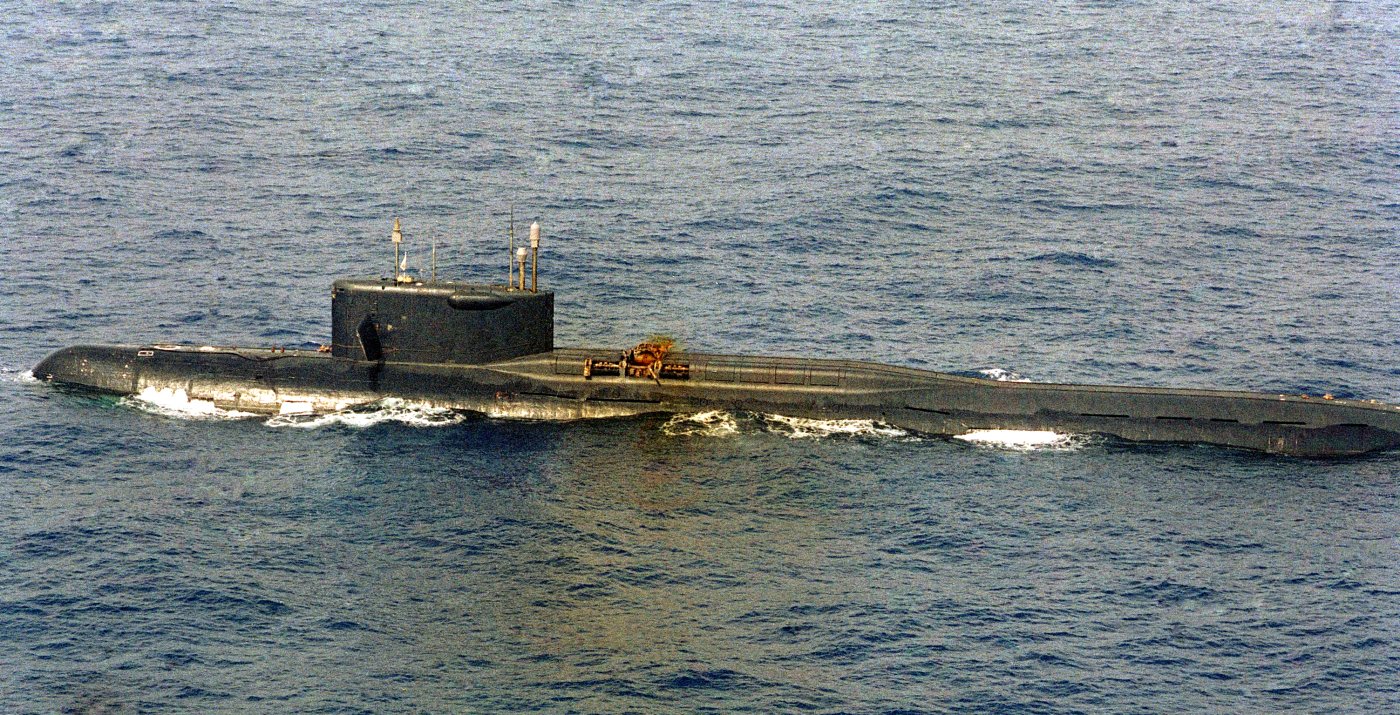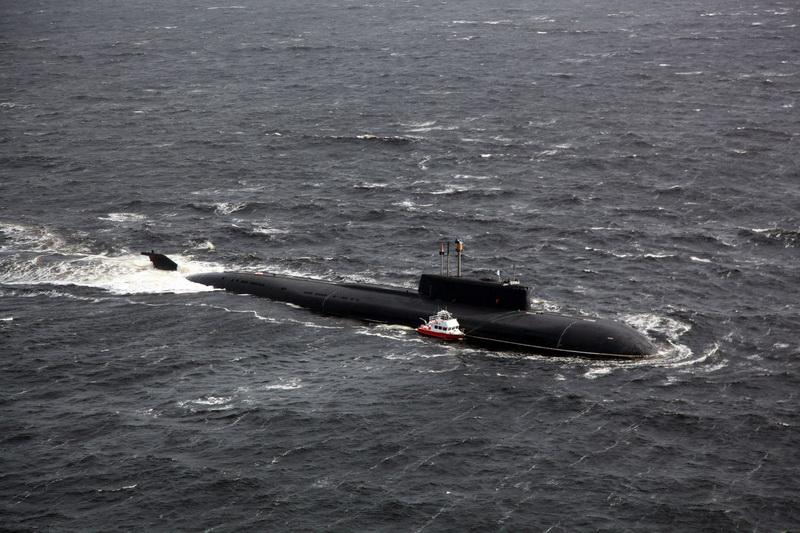
Stephen Schwartz, a nonresident senior fellow with the Bulletin of the Atomic Scientists, says there are several notable things about the incident. Gorbachev and the Politburo were apparently aware of Project Azorian, the CIA’s secret operation to raise another sunken Soviet missile submarine, K-129, off the coast of Hawaii in 1974. Premier Mikhail Gorbachev, the last leader of the Soviet Union, twice mentioned the possibility that Americans could raise the ship. But Soviet leadership was more worried about the possibility that the United States could raise the submarine and learn its secrets. government quickly became aware of K-219’s plight, sending P-3C Orion patrol aircraft to monitor efforts to save the submarine and even offering assistance. Plutonium decays very slowly, with a half-life of 24,000 years, meaning that half of the material released into the ocean will still be around in 24 millennia, contaminating the environment. Releasing toxic plutonium into the ocean would cause an ecological disaster, threatening the surrounding environment, fish stocks, and possibly even nearby shipping lanes. The Differences Between Nuclear Fission and Fusion Tiny Nuclear Reactors Can Save American Energy Meet the World’s Most Advanced and Dangerous Submarines Chernavin also explained that the two reactors would corrode and spill radioactivity, but “that would happen very slowly, over decades.” ☢️ Read On The spheres would gradually corrode in the salt water, Chernavin explained, and “a corrosion process will begin, which will lead to the spread of radioactivity.” However, the radioactivity would be limited and would not reach the surface, he said. Admiral Vladimir Chernavin, then the head of the Soviet Navy, explained to Soviet leadership that the high explosive and plutonium aboard each nuclear warhead were contained in metal spheres. The accident resulted in the loss of at least 16 thermonuclear warheads, as well as two nuclear reactors. In high-level conversations, Soviet officials stated they believed the hull would implode at 2,296 feet. The tow cable abruptly snapped and K-219 sank in 18,000 feet of water. The accident killed four crew members (one of whom died while shutting down the reactors) and injured an unknown number more.Īfter three days of fighting to save the ship, the Soviet commercial ship Krasnogvardeysk took it under tow. After battling the explosion and fire, the crew was also forced to manually shut down the reactors, a standard procedure aboard a nuclear-powered ship to prevent the fire from breaching the reactors. On that day in 1986, K-219 was sailing submerged in the Sargasso Sea when a missile fuel leak sparked an explosion.

To illustrate K-219’s destructive firepower, one megaton equals 1,000 kilotons, with the atomic bomb dropped on Hiroshima, Japan rated at just 16 to 17 kilotons. This relatively poor accuracy required a big, civilization-smothering warhead to make up for it as a result, each missile carried one megaton thermonuclear warhead or three individual 200-kiloton warheads. Its accuracy-measured in circular error probable (CEP), or the maximum distance from the target in which half of the warheads will fall-was 1.2 miles. K-219 also bristled with armament: in addition to six 533-millimeter torpedo tubes and 18 torpedoes, the submarine carried 16 R-27U submarine-launched ballistic missiles (SLBMs). A month after departing the Soviet Northern Fleet’s Gadzhiyevo submarine base, K-219 was conducting launch drills, preparing for the day it might launch its nuclear-tipped missiles at the eastern seaboard of the United States. The ballistic missile submarine was designed to carry nuclear-tipped missiles within range of the United States as part of the USSR’s nuclear deterrence. On October 3, 1986, K-219 was cruising approximately 600 miles northeast of the island of Bermuda. ✈️ Don’t miss any of our best-in-class military and defense coverage. Adding to the tragedy were the losses of the ship’s thermonuclear warheads and nuclear reactor, which threaten to unleash an environmental disaster if they are not someday recovered. The Soviet Navy submarine K-219 caught fire and ultimately sank, killing three of her crew. One of the most dangerous incidents at sea during the Cold War took place on this day 36 years ago in the middle of the Atlantic Ocean.

The sub’s thermonuclear warheads and nuclear reactors went down with the ship.Īlthough most of the warheads and reactors are still down there, some of the warheads-and the missiles containing them-were counted as missing two years later.

On this day in 1986, a Soviet nuclear submarine off the coast of Bermuda caught fire and sank.


 0 kommentar(er)
0 kommentar(er)
